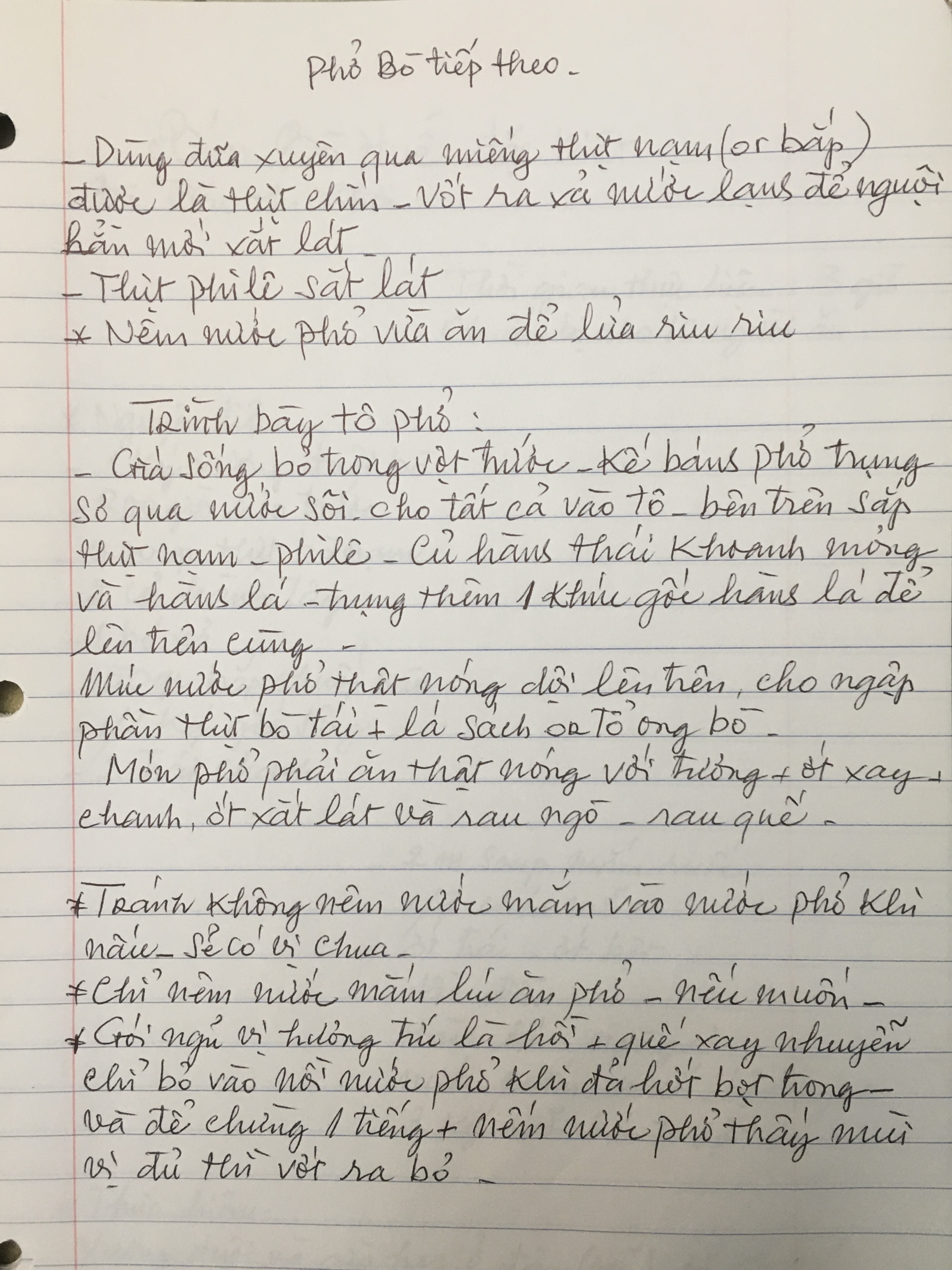Informant Information — KL
- Nationality: American
- Age: 19
- Occupation: Student
- Residence: Los Angeles, California
- Date of Performance/Collection: April 10, 2022
- Primary Language: English
The informant is my roommate, who I have witnessed making and eating this snack several times. The recipe originates from her grandmother’s search for an inexpensive snack that she could give to her children (including my roommate’s father) after school. I collected this information in-person, in my apartment near USC.
Interviewer:
Can you explain this family recipe and how it was developed?
Informant:
Yep! My grandma– my dad’s mom– made this for my dad all the time when he was growing up. That was probably in the 1970s, but the recipe has never changed. You take Saltine crackers and top them with a little smidge of margarine and a quarter of a slice of Kraft American cheese. The margarine can be any brand, but they have to be real Saltines and Kraft slices or it isn’t the same.
My grandma lived in the Chicago suburbs, and the cracker-butter-cheese combo is pretty on-brand for the Midwest, I think.
Interviewer:
Does this recipe have a name?
Informant:
It didn’t at first. I started calling it The [Informant’s last name] Delight when I was 11 or 12, and that name has stuck ever since.
Analysis:
I have had the great honor and delight of trying this snack– despite not liking margarine or Kraft slices, it’s pretty tasty! I would describe it as a bunch of cracker-sized, cold grilled cheese sandwiches. This could also be a pretty popular dorm-room meal– no cooking required!


